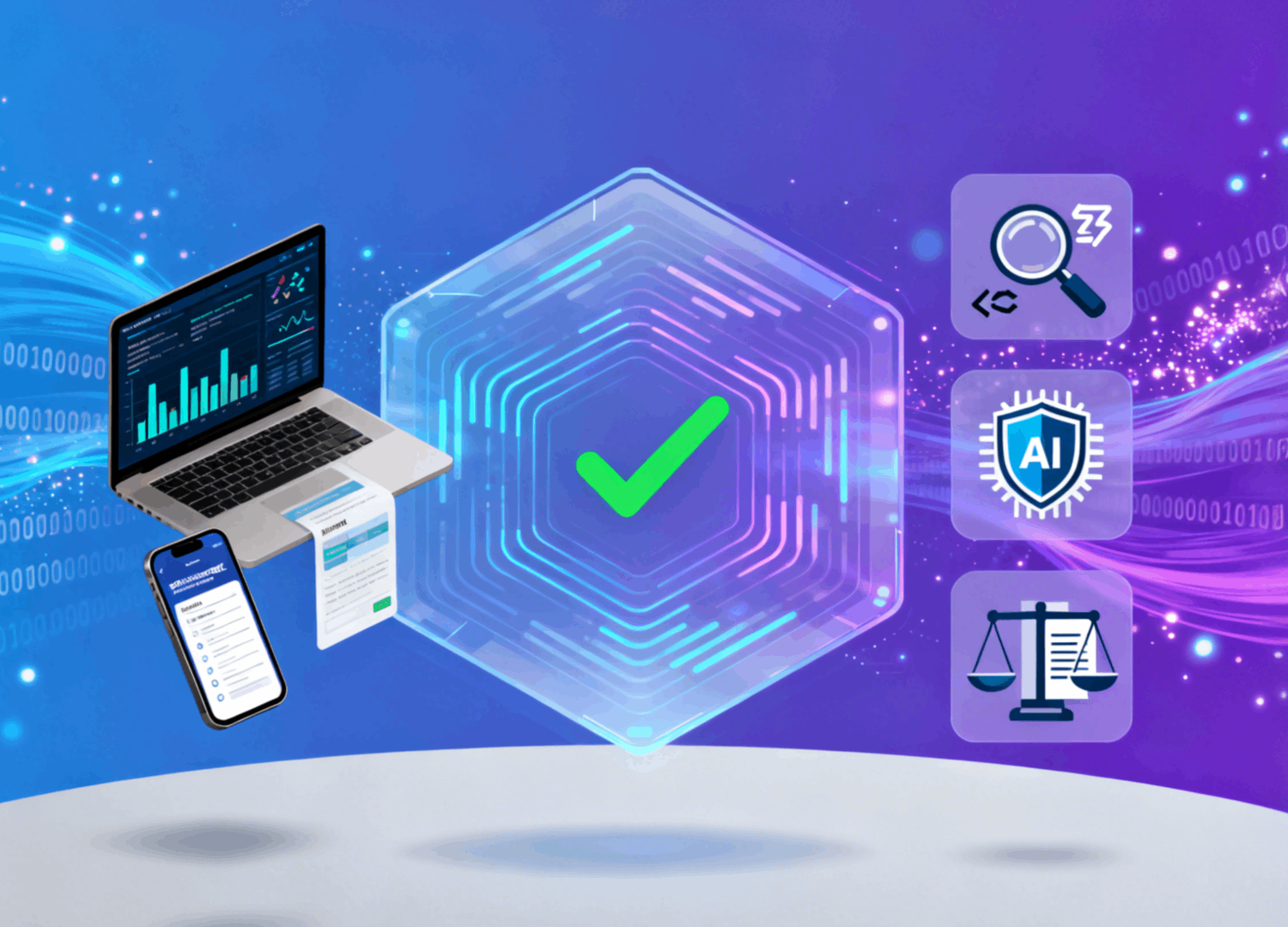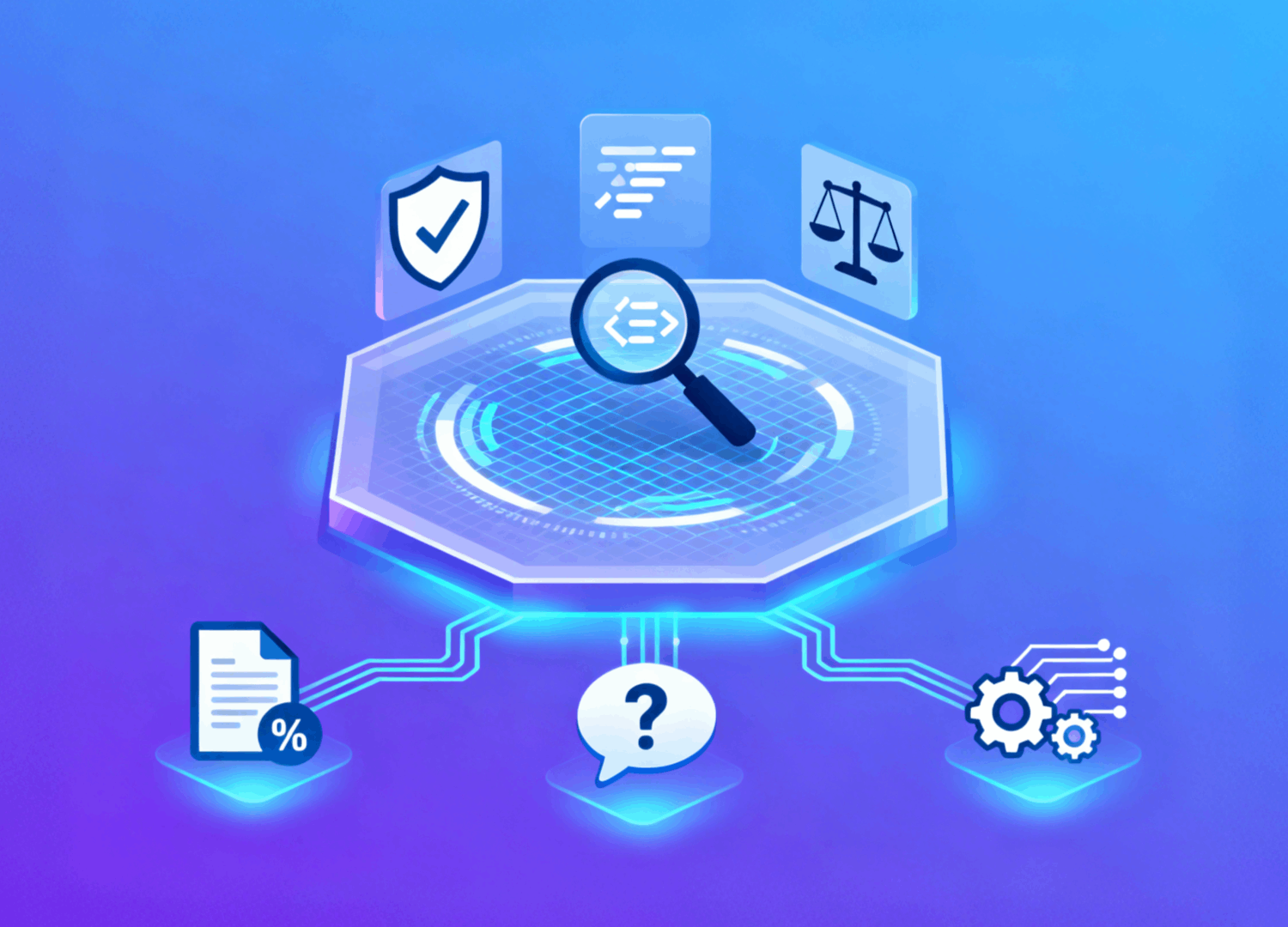
Top AI Content Detectors: Essential Tools for 2025
With the proliferation of AI-generated content, tools like AI Content Detector, AI Checker, and Chat...
If you've received feedback that your essay is detected as AI, you're not alone. With the rapid advancement of AI detection tools in educational institutions, many students are finding their genuinely human-written work being flagged as artificially generated. This frustrating situation can lead to academic integrity concerns, grade penalties, and unnecessary stress. Whether you wrote your essay entirely by yourself or used AI tools for minor assistance, understanding why detection occurs and how to address it is crucial for your academic success.
This comprehensive guide explores the reasons behind AI detection false positives, provides actionable strategies to humanize your writing, and offers prevention techniques to ensure your future essays pass AI detection screenings with confidence.
AI detection software analyzes various linguistic patterns, sentence structures, and writing characteristics to determine whether content was generated by artificial intelligence. These tools examine factors such as perplexity (text unpredictability) and burstiness (sentence length variation). Human writing typically exhibits higher perplexity and burstiness, with a natural mix of short, medium, and long sentences, while AI-generated text tends to be more uniform and predictable.
Popular detection platforms scan for repetitive phrasing, consistent sentence structures, lack of personal voice, and overly formal or generic language. However, these tools are not infallible and can produce false positives, especially when human writers naturally adopt formal academic styles or write on technical topics requiring specific terminology.
Several legitimate writing scenarios can trigger AI detection alerts:
Research has shown that AI detection tools have significant accuracy limitations, with false positive rates ranging from 10% to over 25% depending on the platform. Factors affecting accuracy include the writing subject matter, the author's native language proficiency, and the detector's training data. Non-native English speakers are particularly vulnerable to false positives, as their writing patterns may differ from native speakers in ways that detectors incorrectly interpret as AI-generated.
If your essay is detected as AI, the first step is gathering evidence of your authentic writing process. Collect drafts, outlines, research notes, browser history showing your research sources, and any timestamped documents that prove you created the work yourself. Many word processors automatically save version histories that can demonstrate the evolution of your essay over time.
Take screenshots of your document's edit history if available. This chronological evidence showing gradual development, revisions, and thought progression is powerful proof that contradicts the claim of instant AI generation.
Approach your instructor or professor professionally and respectfully. Explain the situation calmly, present your documentation, and request a meeting to discuss the detection results. Many educators understand that AI detection tools aren't perfect and are willing to review cases individually.
During your conversation, offer to explain your research process, discuss your essay's arguments in detail, or even rewrite portions in their presence. Demonstrating deep knowledge of your topic and the ability to articulate your thesis extemporaneously provides strong evidence of genuine authorship.
Since different AI detectors use varying algorithms and have different accuracy rates, request that your essay be evaluated by multiple platforms. If one tool flags your work as 85% AI-generated while others show 20% or less, this inconsistency supports your case that the initial detection was a false positive.
Common detection tools include Turnitin's AI detection feature, GPTZero, Originality.AI, and others. Demonstrating varied results across platforms highlights the unreliability of singular assessments and strengthens your argument for human authorship.
One of the most effective ways to prevent your essay from being detected as AI is varying your sentence structure and length. Mix short, punchy sentences with longer, more complex ones. Avoid starting consecutive sentences with the same words or grammatical structures.
For example, instead of writing: "AI detection is a challenge. AI detection tools analyze patterns. AI detection requires careful consideration," try: "AI detection presents significant challenges for students. These sophisticated tools analyze linguistic patterns, requiring writers to approach their work with careful consideration and strategic variation."
AI-generated content typically lacks genuine personal insight and unique perspectives. Strengthen your essay by including:
These elements create a distinctive authorial voice that AI detectors recognize as human-generated content.
AI often relies on standard transitional phrases like "furthermore," "moreover," and "in addition" repeatedly. Humans naturally vary their transitions and sometimes omit formal connectors entirely, letting ideas flow through contextual connections.
Replace mechanical transitions with more natural bridges between ideas. Instead of "Furthermore, the research indicates," try "The data reveals something surprising" or simply begin with the new point, allowing the logical connection to emerge naturally.
When revising your essay to reduce AI detection scores, focus on these specific editing strategies:
TechniqueDescriptionImpact
Sentence restructuring | Change word order, split compound sentences, combine simple ones | Increases burstiness and unpredictability
Vocabulary substitution | Replace common academic words with less typical but appropriate synonyms | Reduces pattern recognition triggers
Punctuation variation | Use dashes, semicolons, parenthetical asides strategically | Creates more natural rhythm
Paragraph length mixing | Vary paragraph lengths from 2-3 sentences to 6-8 sentences | Mimics natural human writing flow
AI-generated content often remains abstract and general. Combat detection by incorporating specific, concrete details that demonstrate genuine research and understanding. Instead of writing "many studies show," reference "a 2023 Stanford study involving 1,200 participants" or "Johnson's research at MIT."
Specific data points, named researchers, particular case studies, and detailed examples signal human authorship because they require actual research synthesis rather than generic knowledge generation.
The best long-term strategy for ensuring your essays aren't detected as AI is cultivating a distinctive personal writing style. This develops through consistent practice, reading diverse authors, and consciously making stylistic choices that reflect your personality.
Consider your natural speaking patterns and allow some of that conversational quality into your academic writing where appropriate. While maintaining scholarly rigor, you can still write in a way that sounds unmistakably like you.
If you use AI tools for brainstorming, outlining, or initial research, always substantially rework any AI-generated content. Never copy-paste AI output directly into your essay. Instead:
This approach allows you to benefit from AI assistance while ensuring the final product is genuinely your own work.
Certain writing practices naturally produce content that AI detectors recognize as human:

Preventing AI detection isn't about circumventing legitimate academic standards—it's about ensuring your genuine work is recognized as such. Always understand your institution's specific policies regarding AI tool usage, which vary considerably across schools and even between courses.
Some programs permit AI for brainstorming and outlining but not drafting. Others prohibit AI entirely. When in doubt, ask your instructor directly and document their response. This proactive communication protects you from misunderstandings and demonstrates academic integrity.
Before submitting your essay, run it through multiple detection tools yourself to identify potential issues. Free options include GPTZero (limited scans), Writer.com AI Content Detector, and Content at Scale AI Detector. While these aren't perfect, they give you insight into how automated systems might evaluate your work.
If your self-check shows high AI probability, apply the humanization techniques discussed earlier and retest until scores improve. Remember that different detectors may give different results, so test across multiple platforms for a comprehensive assessment.
Not all writing assistance tools increase AI detection risk. Grammar checkers like Grammarly (when used conservatively), Hemingway Editor (for readability), and traditional spell-checkers typically don't create detection problems because they suggest corrections rather than generating content.
Use these tools to polish your human-written content without introducing AI-like patterns. Focus on their error-identification features rather than automatic rewriting suggestions.
Discovering that your essay is detected as AI can be alarming, but it's a solvable problem. Understanding how detection tools work, why false positives occur, and how to demonstrate authentic authorship empowers you to address current issues and prevent future ones.
The key takeaways are clear: vary your sentence structure, incorporate personal voice and specific details, document your writing process, and communicate openly with instructors about detection concerns. By developing a distinctive writing style and using AI tools responsibly when permitted, you can produce excellent academic work that both satisfies assignment requirements and passes detection screenings.
Remember that AI detection technology is still evolving and imperfect. Your best defense is always genuine engagement with your topic, thorough research, original analysis, and writing that reflects your unique perspective and voice. When you invest authentic effort in your work, you create essays that not only avoid detection problems but also represent your best academic potential.
No, AI detectors cannot achieve 100% accuracy. Current detection tools have false positive rates ranging from 10-26%, meaning they incorrectly flag human-written content as AI-generated relatively frequently. Factors like writing style, subject matter, and the author's language proficiency significantly affect accuracy. This is why many educators are reconsidering sole reliance on these tools for academic integrity decisions and instead using them as one data point among several when evaluating student work.
If your professor remains unconvinced after initial discussion, request a formal meeting where you can present documentation of your writing process, including drafts, outlines, research notes, and browser history. Offer to discuss your essay's arguments in detail, explain your research methodology, or even write a new section on a related topic in their presence. You can also request that your essay be evaluated by multiple AI detection tools to demonstrate inconsistent results. If the situation isn't resolved, familiarize yourself with your institution's academic appeals process and consider seeking support from student services or academic advisors.
Basic grammar and spelling correction through tools like Grammarly generally does not trigger AI detection, as these tools primarily identify errors rather than generate new content. However, extensively using advanced rewriting features, sentence restructuring suggestions, or AI-powered tone adjustments may introduce patterns that detection software recognizes. To stay safe, use grammar checkers conservatively—accept spelling and basic grammar corrections, but write and restructure sentences yourself. Always review suggestions critically rather than accepting them automatically, ensuring the final voice remains authentically yours.
Non-native English speakers face higher false positive rates because their writing patterns may differ from the native English text that AI detectors were trained on. To minimize this risk, focus on varying sentence structures, incorporating personal examples and perspectives, and allowing some natural imperfection rather than over-editing toward perfect grammar. Work with writing centers or tutors who can help you develop a more natural English writing voice while maintaining your authentic perspective. Document your writing process extensively, including early drafts that show your genuine effort and progression. Many institutions are becoming aware of this detection bias and may be more understanding when non-native speakers explain the context of flagged essays.

With the proliferation of AI-generated content, tools like AI Content Detector, AI Checker, and Chat...

With the popularity of AI writing tools, more and more students are using ChatGPT to generate essays

AI detection technology has become increasingly crucial in our digital landscape, where the line bet...

This article explores the rise of free AI detectors, their accuracy limits, and how they help identi...

As artificial intelligence continues to revolutionize content creation, the need to distinguish betw...